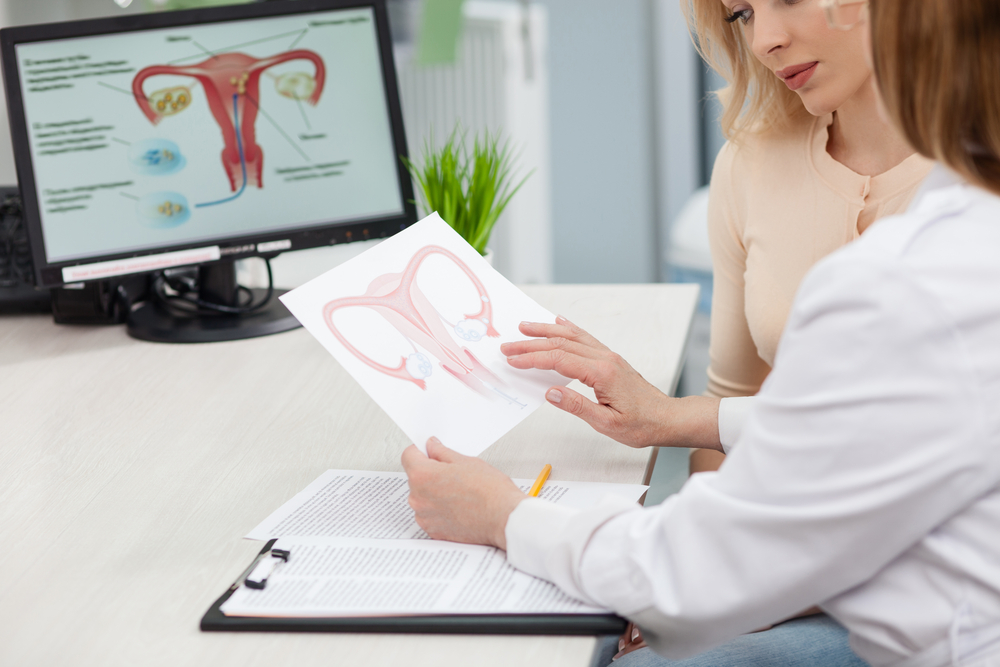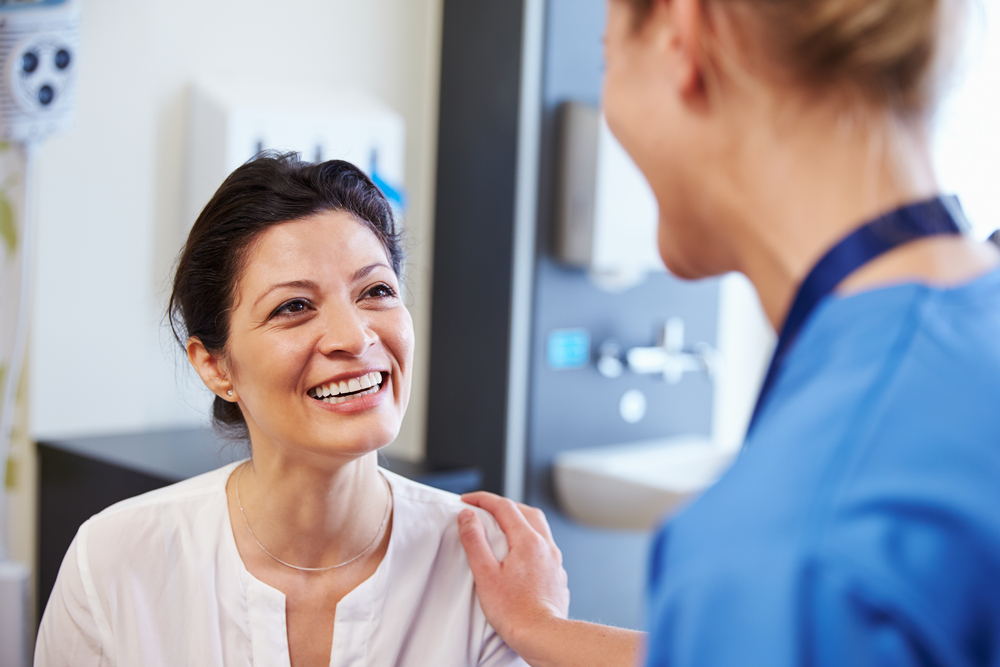Uterine fibroid embolization (UFE) – also called uterine artery emolization (UAE) is one of the latest, most modern procedures that has the potential to completely change the way uterine fibroids are handled. UFE is a technique which is regularly performed by an interventional radiologist, working with the referring gynecologist, since most gynecologists have not been trained in advanced radiology.
UAE was first developed in France, and has been performed in the US since 1995. Prior to that the embolization procedure had been used to stop hemorrhaging after childbirth and bleeding in other areas of the body.
Many healthcare practitioner may not know of it yet, so many women are not aware it is an available option for treating their uterine fibroids.
A referring GYN is not required for a woman to pursue this option. The first step is to have a consultation with the radiologist, followed by an initial MRI evaluation and/or an ultrasound of the uterus. This will help to establish whether the woman is a good candidate for the procedure. If the findings state she is, the procedure will be scheduled for a future date. The UAE is generally performed in the radiology department and generally you will receive a mild intravenous sedation. A small catheter is then inserted into an artery in the groin. It is carefully threaded into the uterine artery under radiological guidance, then dye is instilled to create a visual picture of the pelvis and uterine arteries. Then the radiologist will release small sand-sized pellets of synthetic material.
As the pellets lodge in the distal ends they obstruct the blood flow to the fibroid. Uterine artery embolization works by basically starving the fibroid of a sufficient blood supply over the next several months. At this time there have been no adverse effects or allergic reactions reported from these particles.
The UAE procedure generally takes about 60–90 minutes. After the procedure your GYN will typically follow up within a few weeks. As a result of mapping the arteries, the UAE technique protects the blood supply to the ovaries, and menopausal symptoms are much less common than they are following surgery. You may experience some strong cramping pain during and after the procedure. More often than not many women can go home that afternoon. Some stay overnight in the hospital if they require pain management. The recuperation period is usually a few days to a week, and much less intense than when a patient has the possible side effects of general anesthesia and surgery. The results begin to become noticeable and occur slowly over the next few months.
Former US Secretary of State, Condoleezza Rice, had this procedure done in 2004. Though no public reports were made on her experience, we assume she has had no troublesome side effects and experienced relief from her symptoms. Many of my patients have had the procedure done with wonderful symptom relief, including reduction in the size of the fibroid. To date, none of my patients have had any serious complications.
There is a very small chance that cancer can be found in the uterus or fibroids, so be sure to discuss this possibility with your doctor. Some women also fail to respond to the technique as desired; the fibroids may also grow back in time or new ones may arise. The good news is that I seldom see this in my practice.
UAE was usually recommended for pre- or perimenopausal women with symptomatic fibroids. Recently the procedure was reported as also being helpful for post-menopausal women whose fibroids had not regressed with menopause.
UAE was initially not recommended for women who might want to get pregnant because it was uncertain how it would affect fertility or what the effects would be on a pregnant uterus. Today, new data has been found that UAE may be safe in certain cases. Talking with your gynecologist can help you decide if it’s right for you.
Where can you get UAE?
Interventional radiology is a relatively new specialty, which is one of the reasons why UAE is somewhat unknown to women. UAE appeals to doctors who want to do more than just read films but are not interested in performing surgery. It is unclear exactly why. but from a practitioner’s perspective, it’s unfortunate that this field seems to attract more male than female doctors. My hope is that more and more women will consider entering this medical field because it holds so much promise.
Interventional radiology suites are being established in many hospitals and some physicians are following this trend and have set up separate centers. Many have same-day or overnight observation units which are providing round-the-clock nursing care, yet with the feel of a comfortable hotel, not a hospital.
Information on doctors trained in UAE can be found on-line from the Society of Interventional Radiology (SIR). Many insurance policies will cover the procedure.
Questions you should ask about UAE
At marcellepick.com, we always recommend that a woman call her gynecologist or healthcare provider and ask a few questions or be seen in consultation before deciding on any course of action.
Here are some important questions to ask about uterine fibroid embolization:
- How will I know if I am a good candidate for UAE?
- Will I need to have a pre-procedure ultrasound or MRI?
- How long have you been offering UAE?
- How many UAE procedures do you perform a week? A year?
- What are your statistics on successful shrinkage of fibroids?
- What are your complication rates? (Their statistics should be at least a 40–50% success rate).
- When can your patients usually expect to return to work or daily activities? (Should be in less than a week).
- What are the side effects of UAE and what should I do if I experience any symptoms? (Call your GYN if you experience fever, infection, artery injury, premature menopause. The rate should be under 1%).
For more information on causes and natural treatment of fibroids refer to our articles on this topic.







